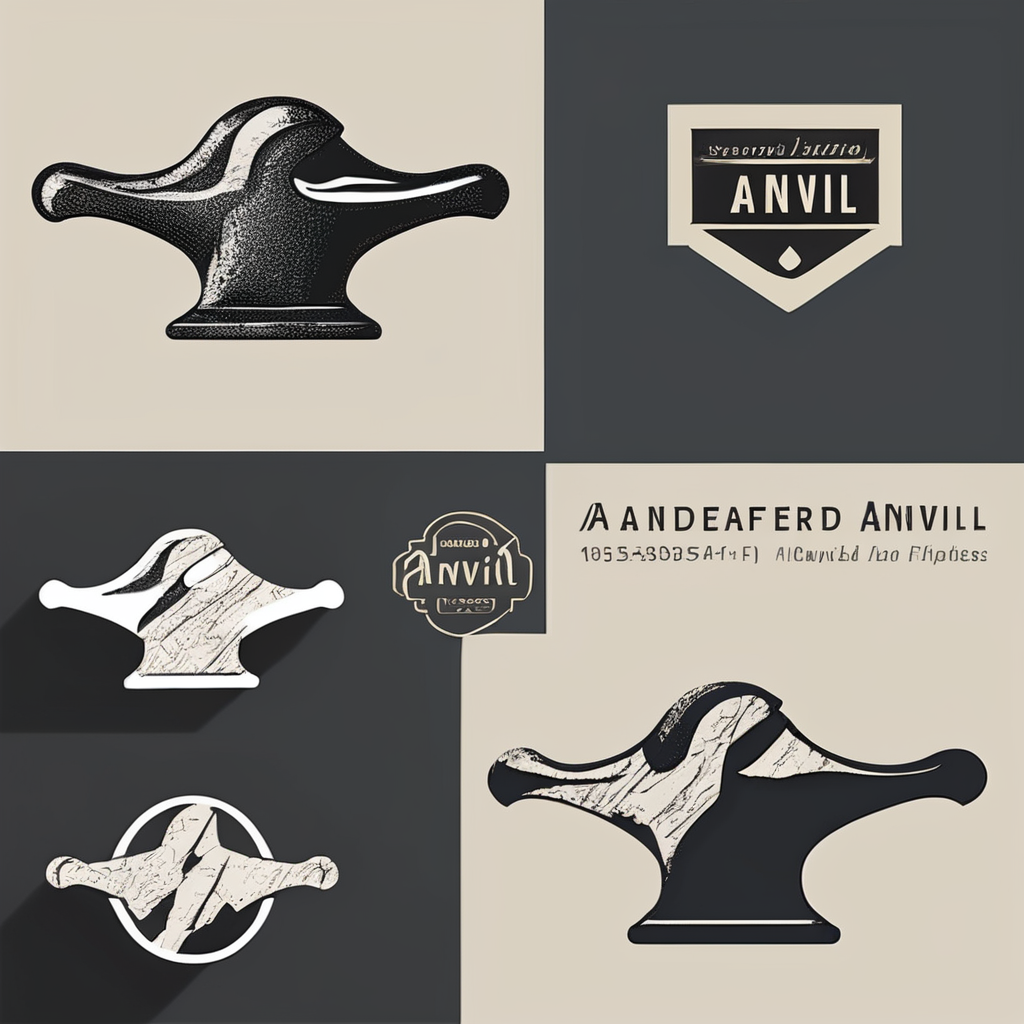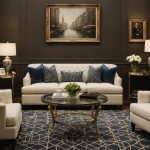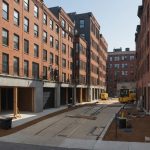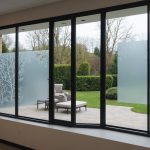The Multifaceted Impact of Interior Design on Living Spaces
Interior design benefits extend far beyond mere decoration; they fundamentally transform living spaces, enhancing both function and aesthetics. One significant interior design impact is the tailored functionality it provides, improving daily living by customizing spaces to fit specific needs. For example, cleverly designed storage or workspace layouts boost comfort and usability.
Moreover, interior design benefits include elevating the aesthetic appeal of a home, reflecting personal style and preferences. This not only makes a space visually pleasing but also creates an environment that feels uniquely yours. The fusion of colours, textures, and materials contributes powerfully to this transformation.
Also read : Enhance your home with Monocouche Render System
Perhaps most importantly, interior design impact resonates emotionally and psychologically. Thoughtfully designed environments can foster a calming ambience or energize residents, supporting mental well-being. This aspect of transforming living spaces highlights how interior design benefits quality of life, making homes not just places to live, but places to thrive.
The Multifaceted Impact of Interior Design on Living Spaces
The interior design impact on living spaces is profound, extending beyond simple aesthetics to significantly enhance daily life. One of the primary interior design benefits is the creation of tailored functionality that fits unique lifestyles. This means optimising layouts, furniture choices, and storage solutions to boost comfort and convenience, making routine activities smoother and more enjoyable.
Also to discover : Transform your furniture: expert upholstery cleaning in glasgow
Transforming living spaces through interior design also raises the aesthetic appeal in ways that express personality and taste. Thoughtful colour schemes, material selections, and lighting not only beautify a home but also imbue it with a distinct character that feels personal and inviting.
Moreover, an often overlooked but crucial interior design benefit lies in its emotional and psychological effect. Curated environments can reduce stress, enhance mood, and promote well-being by shaping the ambience to suit residents’ needs. The power of interior design in creating spaces that nurture both body and mind illustrates why its impact is so valuable for a fulfilling home life.
The Multifaceted Impact of Interior Design on Living Spaces
Interior design impact goes beyond looks; it fundamentally enhances daily living by creating tailored functionality. This means arranging furniture and storage to fit your routines, making everyday tasks more efficient and comfortable. When interiors are designed with your lifestyle in mind, they reduce clutter and improve movement through the space—critical aspects of transforming living spaces.
Further, the interior design benefits include elevating the aesthetic appeal so rooms resonate with your personal style. Thoughtful choices in colour, texture, and lighting work together to shape the mood and character of your home. Such design decisions turn living areas into places that feel both welcoming and reflective of who you are.
Another vital impact is supporting emotional and psychological well-being. Interior design can shape ambience to promote calm or energy, helping reduce stress while enhancing focus or relaxation. Transforming living spaces with these benefits nurtures an environment where both body and mind thrive. These dimensions of functionality, beauty, and mood are crucial to appreciating the full value of interior design benefits.
The Multifaceted Impact of Interior Design on Living Spaces
Interior design impact manifests profoundly in how tailored functionality enhances daily living. By carefully organising furniture and storage, transforming living spaces become more comfortable and efficient, aligning perfectly with individual routines. This allows residents to move freely and use space intuitively, reducing unnecessary effort and clutter.
Furthermore, interior design benefits extend to aesthetic appeal, crucial for expressing personal style and creating environments that feel genuinely inviting. Through deliberate choices in colours, textures, and lighting, interiors gain visual coherence and atmosphere that resonate deeply with occupants’ tastes and preferences.
A third essential dimension of interior design impact is emotional and psychological support. By thoughtfully shaping ambience, design fosters moods ranging from calming serenity to inspiring energy. This is vital for mental well-being, as spaces influence stress levels, focus, and relaxation.
In sum, the interior design benefits combine practical functionality, aesthetic elevation, and emotional nourishment. These three facets work together, making transforming living spaces a holistic process that enriches everyday life in meaningful, lasting ways.
The Multifaceted Impact of Interior Design on Living Spaces
The interior design impact on daily living becomes most evident when spaces are tailored for both functionality and comfort. Thoughtful planning in transforming living spaces means designing layouts that support routines, making movement effortless and activities more enjoyable. This approach harnesses interior design benefits such as optimising storage and seating to reduce clutter and enhance usability.
A key aspect of these benefits lies in elevating aesthetic appeal to mirror personal style and preferences. Through selective use of materials, hues, and textures, interiors gain a unique identity that resonates with residents, making the home not only attractive but deeply personal. This fusion of function and style exemplifies the true potential of transforming living spaces.
Supporting emotional and psychological well-being is another crucial dimension of interior design impact. Spaces designed to influence ambience—be it calming or invigorating—help reduce stress and improve mental focus. By blending practicality with mood-enhancing elements, the interior design benefits extend beyond form, nurturing an environment where comfort and emotion coexist harmoniously.










